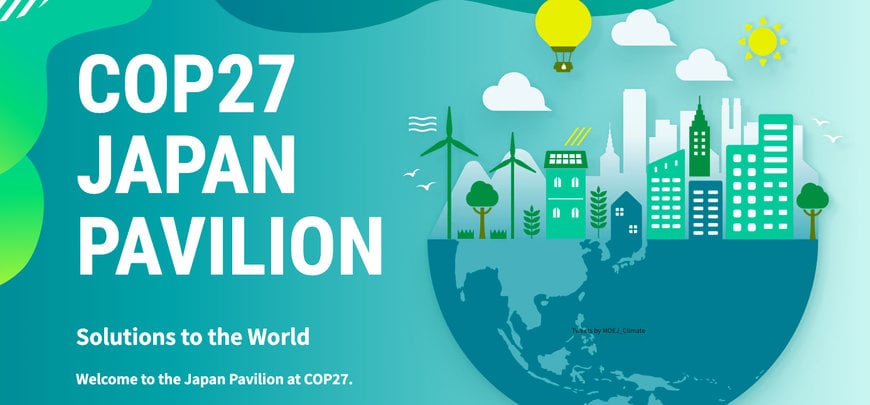www.industry-asia-pacific.com
21
'22
Written on Modified on
Toshiba Group Decarbonization Technologies in the Spotlight at COP27 Japan Pavilion
Toshiba Corporation and Toshiba Energy Systems & Solutions Corporation will exhibit technology innovations that advance decarbonization at the Japan Pavilion, the exhibition accompanying the 27th UN Climate Change Conference of the Parties (COP27) from November 6 to 18.

The Japan Pavilion is hosted by Japan’s Ministry of the Environment and will spotlight Japan’s initiatives for climate change mitigation, and 'number one' and 'only one' environmental technologies. It will send a message to the world that Japan aims to achieve carbon neutrality by 2050, and to contribute to global decarbonization and adaptation to climate change.
Toshiba Group has been invited to present its Power to Chemicals technology and a Superconducting Motor at the COP27 event. More details follow.
1. Power to Chemicals (P2C):Converting CO2 into valuable materials with CO2 electrolysis
Realizing carbon neutrality requires technology to convert CO2 into valuable products, especially in industries where it is difficult to reduce CO2 emissions. P2C is a technology that uses electricity from renewable energy sources to reduct CO2 into CO, and combine it with H2 to produce chemicals, synthetic fuels and so on. One example is sustainable aviation fuel (SAF), for which there is a growing need worldwide as the aviation industry seeks decarbonization. Through a project initiated by MOE, Toshiba Group is advancing P2C technical development and carrying out studies toward specific social implementations. In the Japan Pavilion, Toshiba Group will exhibit a CO2 electrolysis cell stack, the core of this P2C technology.
2. Superconducting Motor: replace fossil-fuel engines with superconducting motors to power large mobility vehicles and boost zero emissions
Toshiba Group has developed the world's first (*1) prototype of a lightweight, compact, high-power superconducting motor with a maximum output of 2 MW by applying the superconductivity technology and manufacturing technology for high-speed rotating equipment that it has cultivated over many years. The motor is less than one-tenth the weight and size of an equivalent conventional motor, making it possible to replace fossil-fuel-driven engines with motors and contributing to zero-emissions for various types of large mobility vehicles.
The Group will further improve the motor and accelerate efforts for social implementation. For example, the aviation industry is looking to use SAF to approach carbon neutrality by 2050. But fuel alone is not enough. Advances in entire aircraft systems, including electrification of engines, are required, and for that Toshiba’s light,compact, high output motor is a promising solution. In the Japan Pavilion, Toshiba Group will showcase a full-scale model of the superconducting motor, giving visitors a sense of its compactness.
www.global.toshiba.com

